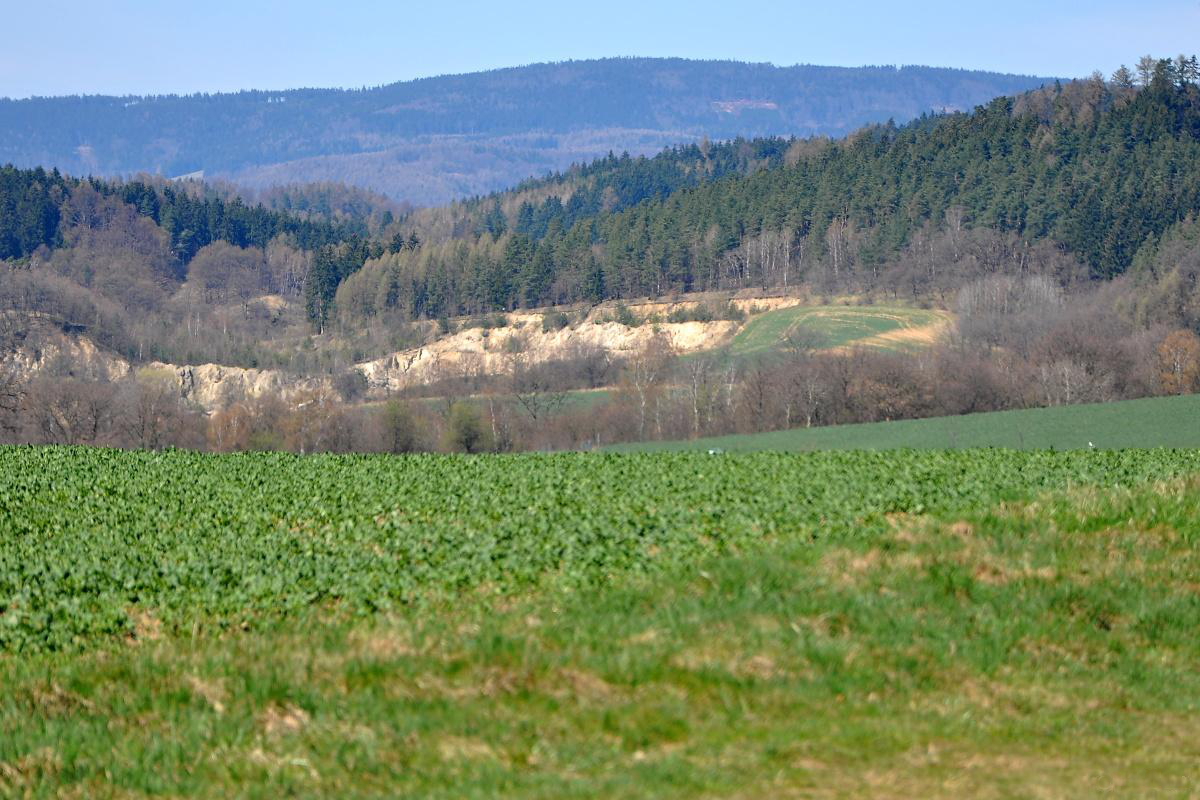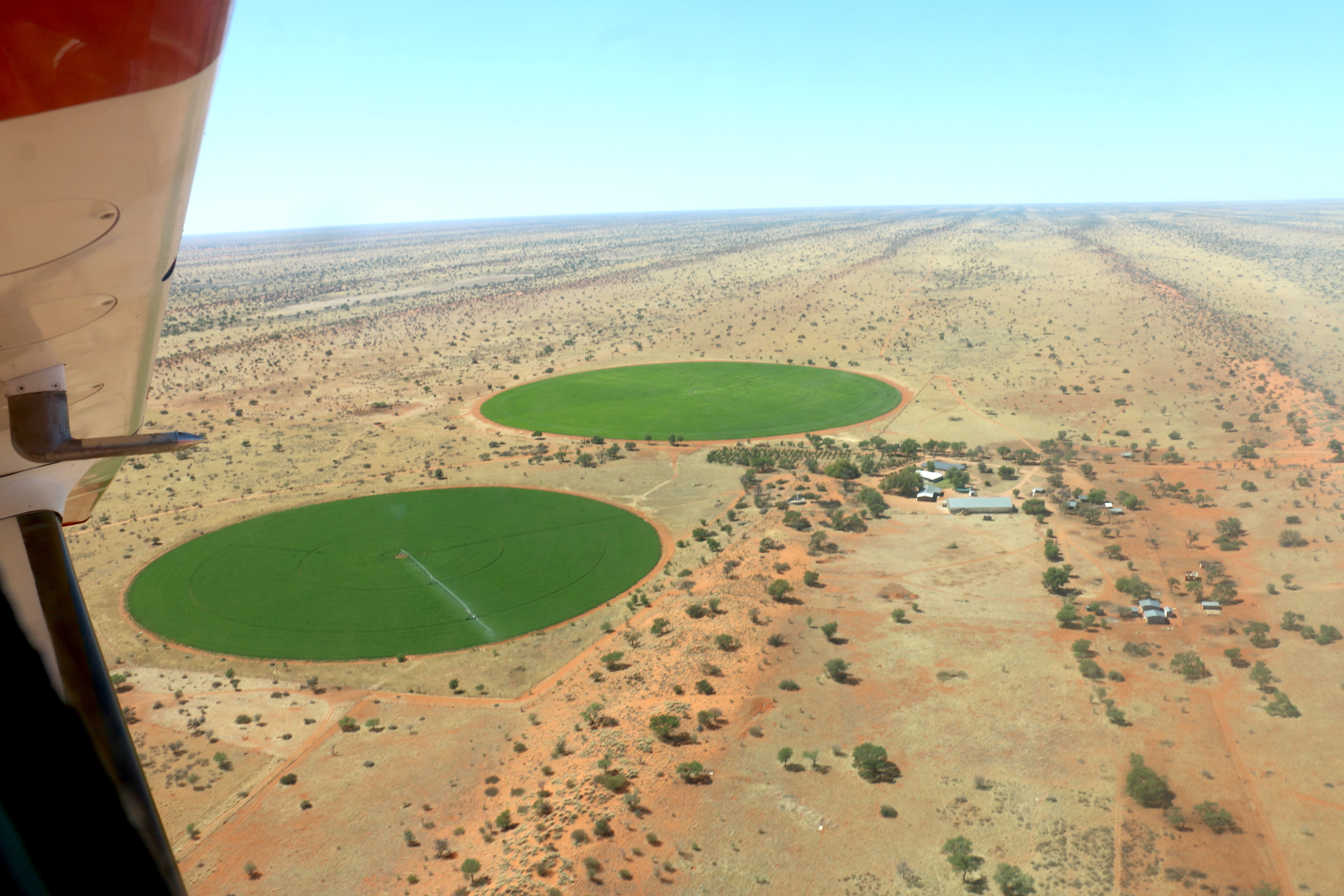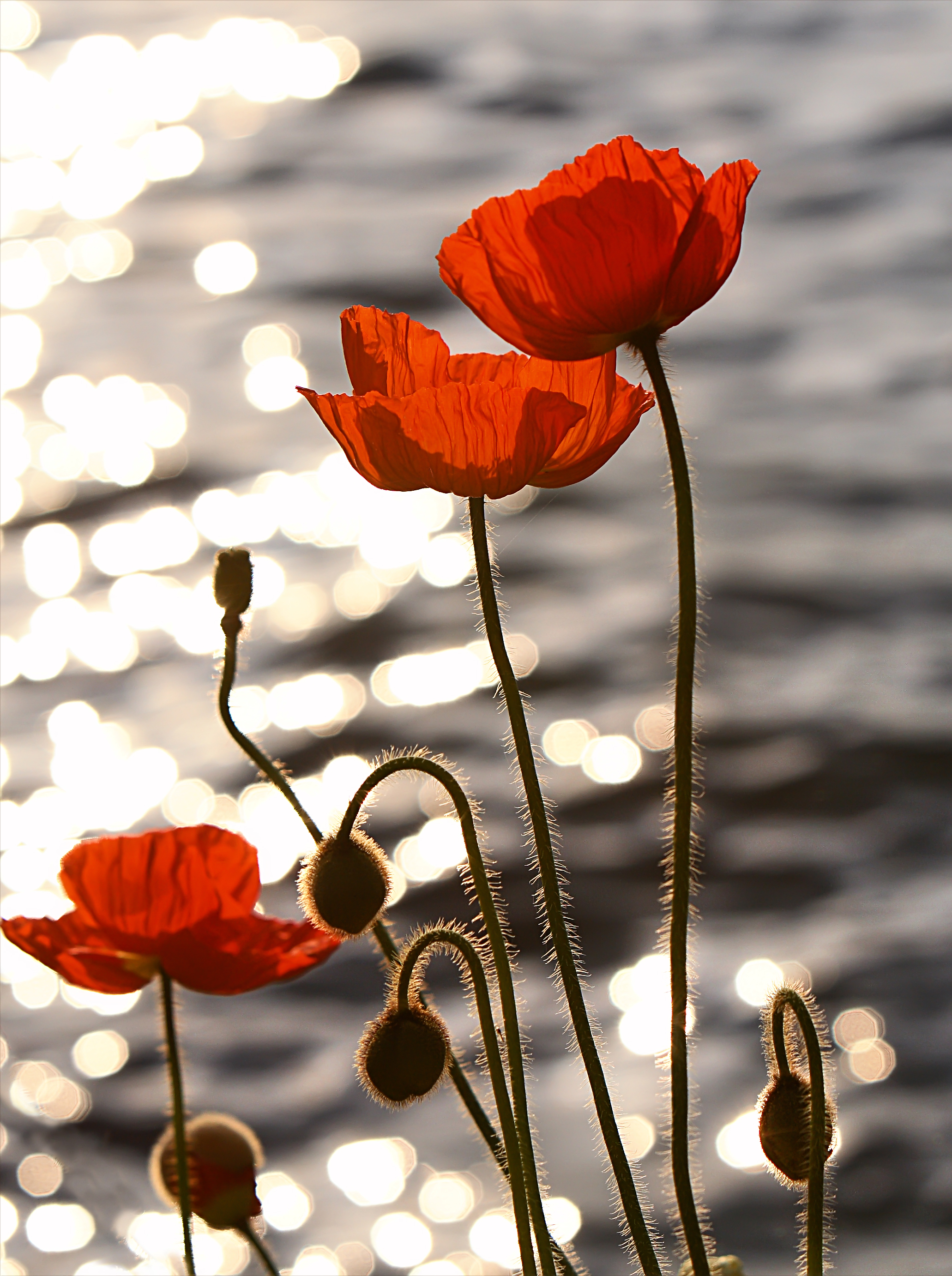|
Bludov (Šumperk District)
Bludov (; ) is a spa municipality and village in Šumperk District in the Olomouc Region of the Czech Republic. It has about 3,000 inhabitants. Etymology The name is derived from the name of its probable founder called Blud, who became known as Blud of Bludov. Geography Bludov is located about southwest of Šumperk and northwest of Olomouc. The southwestern part of the municipal territory lies in the Mohelnice Depression lowland and the northeastern part lies in the Hanušovice Highlands. The highest point is at above sea level. The Morava River partly forms the western border of the municipality, the Desná partly forms the eastern border. History Bludov was probably established at the turn of the 12th and 13th century. Since its foundation, it was purely Czech village. Until the 19th century, it was an agricultural village. Blud of Bludov's son built a castle on the slope of the Háj Hill. The Bludov Castle was destroyed during the Bohemian–Hungarian War (1468–1478 ... [...More Info...] [...Related Items...] OR: [Wikipedia] [Google] [Baidu] |
Obec
(, ; plural ) is the Czech and Slovak word for a municipality (in the Czech Republic, in Slovakia and abroad). The literal meaning of the word is " commune" or " community". It is the smallest administrative unit that is governed by elected representatives. Cities and towns are also municipalities. Definition The legal definition (according to the Czech code of law with similar definition in the Slovak code of law) is: ''"The municipality is a basic territorial self-governing community of citizens; it forms a territorial unit, which is defined by the boundary of the municipality."'' Every municipality is composed of one or more cadastral areas. Every municipality is also composed of one or more municipal parts (), which are usually town quarters or villages. A municipality can have its own flag and coat of arms. Czech Republic Almost the entire area of the Czech Republic is divided into municipalities, with the only exception being military training areas. The smaller mu ... [...More Info...] [...Related Items...] OR: [Wikipedia] [Google] [Baidu] |
Bohemian–Hungarian War (1468–1478)
The Bohemian War (1468–1478) began when the Kingdom of Bohemia was invaded by the king of Hungary, Matthias Corvinus. Matthias invaded with the pretext of returning Bohemia to Catholicism; at the time, it was ruled by the Hussite king, George of Poděbrady. Matthias' invasion was largely successful, leading to his acquisition of the southern and eastern parts of the country. Its core lands however, centered on Prague, were never taken. Ultimately both Matthias and George would proclaim themselves king, though neither ever acquired all the necessary subordinate titles. When George died in 1471, his successor Vladislaus II continued the fight against Matthias. In 1478, the war ended following the treaties of Brno and the Olomouc. Upon Matthias' death in 1490, Vladislaus would succeed him as king of both Hungary and Bohemia. Background At the beginning of his reign, Matthias continued the policy of his father John Hunyadi in defending Hungary, the "bulwark of Christendom," agains ... [...More Info...] [...Related Items...] OR: [Wikipedia] [Google] [Baidu] |
Obesity
Obesity is a medical condition, considered by multiple organizations to be a disease, in which excess Adipose tissue, body fat has accumulated to such an extent that it can potentially have negative effects on health. People are classified as obese when their body mass index (BMI)—a person's weight divided by the square of the person's height—is over ; the range is defined as overweight. Some East Asian countries use lower values to calculate obesity. Obesity is a major cause of disability and is Obesity-associated morbidity, correlated with various diseases and conditions, particularly cardiovascular diseases, type 2 diabetes, obstructive sleep apnea, certain types of cancer, and osteoarthritis. Obesity has individual, socioeconomic, and environmental causes. Some known causes are Western pattern diet, diet, low physical activity, automation, urbanization, quantitative trait locus, genetic susceptibility, medications, mental disorders, Economic policy, economic pol ... [...More Info...] [...Related Items...] OR: [Wikipedia] [Google] [Baidu] |
Broiler
Breed broiler is any chicken (''Gallus gallus domesticus'') that is bred and raised specifically for meat production. Most commercial broilers reach slaughter weight between four and six weeks of age, although slower growing breeds reach slaughter weight at approximately 14 weeks of age. Typical broilers have white feathers and yellowish skin. Broiler or sometimes broiler-fryer is also used sometimes to refer specifically to younger chickens under , as compared with the larger roasters. Due to extensive breeding selection for rapid early growth and the husbandry used to sustain this, broilers are susceptible to several welfare concerns, particularly skeletal malformation and dysfunction, skin and eye lesions and congestive heart conditions. Management of ventilation, housing, stocking density and in-house procedures must be evaluated regularly to support good welfare of the flock. The breeding stock (broiler-breeders) do grow to maturity but also have their own welfare concerns ... [...More Info...] [...Related Items...] OR: [Wikipedia] [Google] [Baidu] |
Flax
Flax, also known as common flax or linseed, is a flowering plant, ''Linum usitatissimum'', in the family Linaceae. It is cultivated as a food and fiber crop in regions of the world with temperate climates. In 2022, France produced 75% of the world's supply of flax. Textiles made from flax are known in English as linen and are traditionally used for bed sheets, underclothes, and table linen. Its oil is known as linseed oil. In addition to referring to the plant, the word "flax" may refer to the unspun fibers of the flax plant. The plant species is known only as a cultivated plant and appears to have been domesticated just once from the wild species '' Linum bienne'', called pale flax. The plants called "flax" in New Zealand are, by contrast, members of the genus '' Phormium''. Description Several other species in the genus ''Linum'' are similar in appearance to ''L. usitatissimum'', cultivated flax, including some that have similar blue flowers, and others with wh ... [...More Info...] [...Related Items...] OR: [Wikipedia] [Google] [Baidu] |
Alfalfa
Alfalfa () (''Medicago sativa''), also called lucerne, is a perennial plant, perennial flowering plant in the legume family Fabaceae. It is cultivated as an important forage crop in many countries around the world. It is used for grazing, hay, and silage, as well as a green manure and cover crop. The name alfalfa is used in North America. The name lucerne is more commonly used in the United Kingdom, South Africa, Australia, and New Zealand. The plant superficially resembles clover (a cousin in the same family), especially while young, when glossary of leaf morphology#trifoliate, trifoliate leaves comprising round leaflet (botany), leaflets predominate. Later in maturity, leaflets are elongated. It has raceme, clusters of small purple flowers followed by fruits spiralled in two to three turns containing 10–20 seeds. Alfalfa is native to warmer temperate climates. It has been cultivated as livestock fodder since at least the era of the Ancient Greece, ancient Greeks and Ancient R ... [...More Info...] [...Related Items...] OR: [Wikipedia] [Google] [Baidu] |
Sugar Beet
A sugar beet is a plant whose root contains a high concentration of sucrose and that is grown commercially for sugar production. In plant breeding, it is known as the Altissima cultivar group of the common beet (''Beta vulgaris''). Together with other beet cultivars, such as beetroot and chard, it belongs to the subspecies ''Beta vulgaris'' subsp. ''vulgaris'' but classified as ''var. saccharifera''. Its closest wild relative is the sea beet (''Beta vulgaris'' subsp. ''maritima''). Sugar beets are grown in climates that are too cold for sugarcane. In 2020, Russia, the United States, Germany, France and Turkey were the world's five largest sugar beet producers. In 2010–2011, Europe, and North America except Arctic territories failed to supply the overall domestic demand for sugar and were all net importers of sugar. The US harvested of sugar beets in 2008. In 2009, sugar beets accounted for 20% of the world's sugar production and nearly 30% by 2013. Sugarcane accounts for most ... [...More Info...] [...Related Items...] OR: [Wikipedia] [Google] [Baidu] |
Poppy
A poppy is a flowering plant in the subfamily Papaveroideae of the family Papaveraceae. Poppies are herbaceous plants, often grown for their colourful flowers. One species of poppy, '' Papaver somniferum'', is the source of the narcotic drug mixture opium, which contains powerful medicinal alkaloids such as morphine and has been used since ancient times as an analgesic and narcotic medicinal and recreational drug. It also produces edible seeds. Following the trench warfare in the poppy fields of Flanders, Belgium, during World War I, poppies have become a symbol of remembrance of soldiers who have died during wartime, especially in the UK, Canada, Australia, New Zealand and other Commonwealth realms. Description Poppies are herbaceous annual, biennial or short-lived perennial plants. Some species are monocarpic, dying after flowering. Poppies can be over tall with flowers up to across. Flowers of species (not cultivars) have 4 or 6 petals, many stamens forming a ... [...More Info...] [...Related Items...] OR: [Wikipedia] [Google] [Baidu] |
Oilseed Rape
Rapeseed (''Brassica napus'' subsp. ''napus''), also known as rape and oilseed rape and canola, is a bright-yellow flowering member of the family Brassicaceae (mustard or cabbage family), cultivated mainly for its oil-rich seed, which naturally contains appreciable amounts of mildly toxic erucic acid.Food Standards Australia New Zealand (June 2003Erucic acid in food: A Toxicological Review and Risk Assessment Technical report series No. 21; Page 4 paragraph 1; The term "canola" denotes a group of rapeseed cultivars that were bred to have very low levels of erucic acid and which are especially prized for use as human and animal food. Rapeseed is the third-largest source of vegetable oil and the second-largest source of protein meal in the world. Description ''Brassica napus'' grows to in height with hairless, fleshy, pinnatifid and glaucous lower leaves which are stalked whereas the upper leaves have no petioles. Rapeseed flowers are bright yellow and about acr ... [...More Info...] [...Related Items...] OR: [Wikipedia] [Google] [Baidu] |
Barley
Barley (), a member of the grass family, is a major cereal grain grown in temperate climates globally. It was one of the first cultivated grains; it was domesticated in the Fertile Crescent around 9000 BC, giving it nonshattering spikelets and making it much easier to harvest. Its use then spread throughout Eurasia by 2000 BC. Barley prefers relatively low temperatures and well-drained soil to grow. It is relatively tolerant of drought and soil salinity, but is less winter-hardy than wheat or rye. In 2023, barley was fourth among grains in quantity produced, 146 million tonnes, behind maize, rice, and wheat. Globally, 70% of barley production is used as animal feed, while 30% is used as a source of fermentable material for beer, or further distilled into whisky, and as a component of various foods. It is used in soups and stews and in barley bread of various cultures. Barley grains are commonly made into malt using a traditional and ancient method of preparatio ... [...More Info...] [...Related Items...] OR: [Wikipedia] [Google] [Baidu] |
Bludov Quarry , Russian politician
{{disambiguation, geo, surname ...
Bludov may refer to: Places in the Czech Republic *Bludov (Kutná Hora District), a municipality and village in the Central Bohemian Region *Bludov (Šumperk District), a municipality and village in the Olomouc Region ** Bludov Castle ** Bludov Chateau People *Dmitry Bludov Count Dmitry Nikolayevich Bludov (Russian: Граф Дмитрий Николаевич Блудов; 1785–1864) was an Imperial Russian official who filled a variety of posts under Nicholas I - Deputy Education Minister (1826–28), Minister ... [...More Info...] [...Related Items...] OR: [Wikipedia] [Google] [Baidu] |
Lázně Bludov
Lázně Bludov or Bludovské lázně is a spa situated in Bludov, Czech Republic. Strongly alkaline hypotonic thermal mineral water containing sulphates, chlorides and sodium is used for curing child obesity, kidney, urinary tract The human urinary system, also known as the urinary tract or renal system, consists of the kidneys, ureters, bladder, and the urethra. The purpose of the urinary system is to eliminate waste from the body, regulate blood volume and blood pressu ... and musculoskeletal diseases, and respiratory problems. History The source of water was known and used from ancient times. In second half of 15th century, the spring was covered by Špalek pond which was dried in 1831. The spring was rediscovered in early 20th century. The spa was established in 1929. References Spas Olomouc Region Populated places in Šumperk District {{Olomouc-geo-stub ... [...More Info...] [...Related Items...] OR: [Wikipedia] [Google] [Baidu] |








